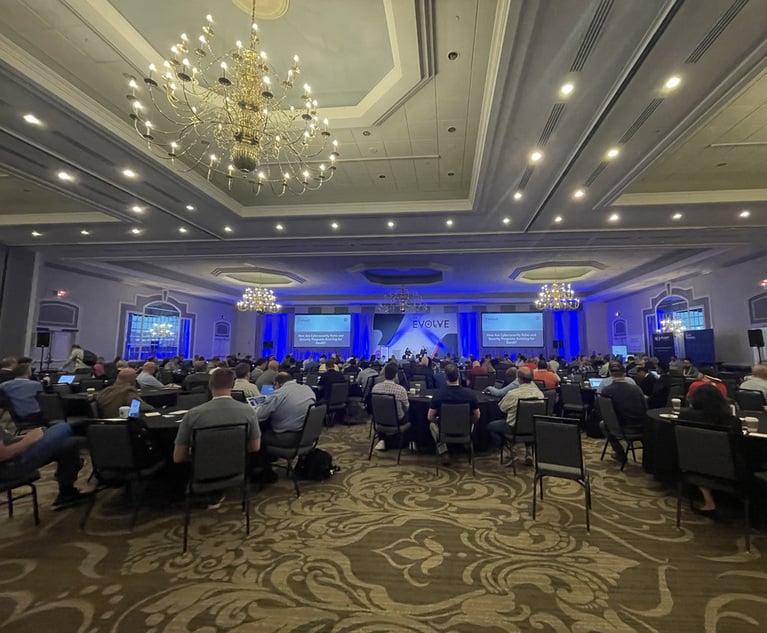(The following is based on comments Stuart Pattison, CNA ProOpen Brokerage, New York, delivered at the annual convention of theProfessional Liability Underwriting Society, which was held lastfall in Chicago. Pattison, a vice president at CNA Pro OpenBrokerage, took part in the same panel discussion on lawyersprofessional liability insurance that Ms. Dickey did.) After Iwas asked to speak about lawyers professional liability insurance,I tried to see if I could identify a carrier that for the last 20years continuously has underwritten this class of businesssuccessfully–and I couldn't. So I thought I would try to identifythe mistakes that underwriters have made.
But the first question really is, “Why write this line ofbusiness?” Certainly, carriers get into different classes ofbusiness from time to time. But if the sole reason for entering thelawyers professional liability market is because you're losingmoney in other lines, I don't think that's sufficient. In fact, itcould be a recipe for disaster.
It's also a mistake to plan to be in this line for just a shortperiod. The problem is guessing which year is going to beprofitable. While the history may look good at any given time, thatdoesn't necessarily mean the risks have improved. In fact, theopposite could be true. A major barrier for short-term players isthat law firms and the brokers who represent them are biased towardcarriers that are already in the market. Law firms prefer to beinvolved in long-term relationships. They'd rather have them mirrorthe relationships they would like to have with their ownclients.
Another thing to anticipate is the necessity to pay a full-limitsloss. At some point, it is quite likely an insurer in this marketwill have one.
If you want to be involved with a predictable, non-volatile line ofbusiness, you probably should look elsewhere. There certainly havebeen years when we've seen large systemic losses in this niche.Twenty years ago, for example, many law firms that had savings andloan institutions as clients were caught up in the S&L debacle,and there were some huge lawyers professional liability losses.From 1999 to 2002, we had–if you will–the “perfect legalmalpractice storm.” It arose from a combination of tax shelterclaims and the collapses of major corporations like Enron andWorldCom. The loss ratios of most carriers that insured affectedlaw firms were 200% to 300%. Current loss ratios are certainly farbetter. But one problem you find with lawyers professionalliability insurance today is that we're “betting on the tail.” Whoknows what losses ultimately will be on this year's business? Afterall, we're still paying or putting reserves on cases from2001.
Another basic principle, which I think some carriers have ignored,is that you need to have a fairly broad spread of risk. While youcan never tell which firms will have a loss, you can certainlydetermine the propensity. But underwriters who think they canpredict which firms are going to have a loss are foolingthemselves, because the reality is that you simply never know. Thebest-run firm in the world could have a total loss.
You also need experienced claims people, and you need to be able toarticulate why a law firm should be insured by you. Law firms asksearching questions. They deal with a number of underwriters, sothey will certainly have their questions ready for you.
Want to continue reading?
Become a Free PropertyCasualty360 Digital Reader
Your access to unlimited PropertyCasualty360 content isn’t changing.
Once you are an ALM digital member, you’ll receive:
- All PropertyCasualty360.com news coverage, best practices, and in-depth analysis.
- Educational webcasts, resources from industry leaders, and informative newsletters.
- Other award-winning websites including BenefitsPRO.com and ThinkAdvisor.com.
Already have an account? Sign In
© 2024 ALM Global, LLC, All Rights Reserved. Request academic re-use from www.copyright.com. All other uses, submit a request to [email protected]. For more information visit Asset & Logo Licensing.








